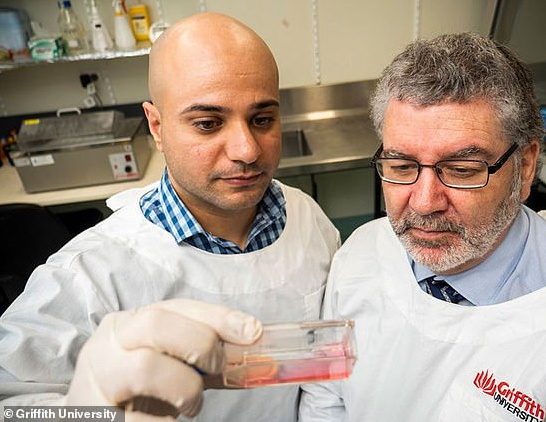Australia is on the verge of becoming the first country in the world to eliminate cervical cancer.
Researchers from Griffith University in Queensland have created a “cure” for cervical cancer by using gene-editing technology to target cervical cancer tumours in mice using “stealth” nanoparticles.
Lead researcher Professor Nigel McMillan said it’s the first cancer cure using this technology.
According to ABC, the mice treated had a 100 per cent survival rate, raising hopes for women with cervical cancer.
The gene-editing tool, known as CRISPR-Cas9, is injected by nanoparticles in to the patient’s bloodsteam. The nanoparticles then search for the cancer-causing gene E7 and cut the gene in half. When the cell repairs the gene with extra DNA, the cell doesn’t recognise the cancerous cells and generates a healthy cell.
Describing the nanoparticles, Professor Nigel McMillan said it works like a spell-checker.
“This is like adding a few extra letters into a word so the spell checker doesn’t recognise it anymore. The cancer must have this gene to produce, once edited, the cancer dies. We looked for lots of markers, inflammation and damage, but they were perfectly fine, so this is very exciting.”
Professor McMillan, together with research partner Luqman Jabair, have applied for a grant to begin human trials within the next five years.
Professor McMillan said: “There are still many steps to go through before we get to the clinic stage, but I think this really proves that gene editing is going to be proved to be useful.”
The study was published in Molecular Therapy.
























